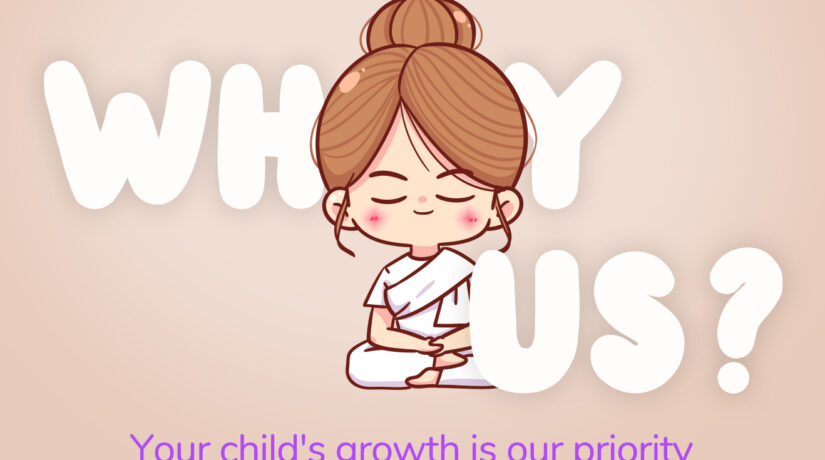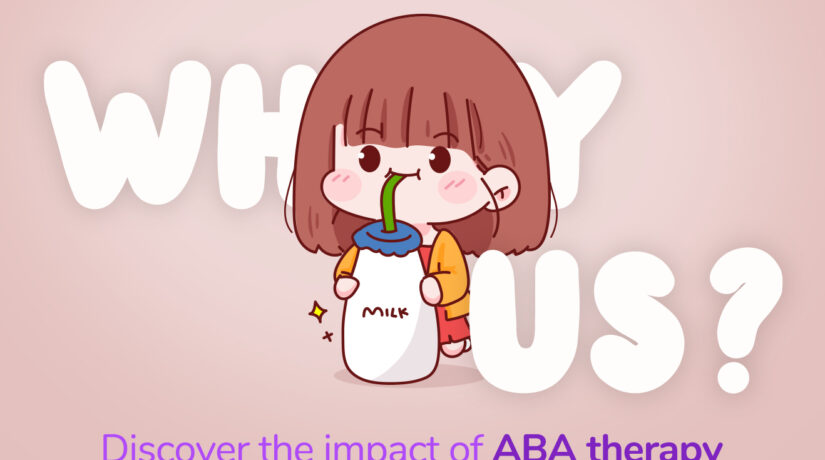SEO Meta Description: Discover effective coping strategies for autistic burnout and gain valuable insights into supporting individuals experiencing this challenge. Learn about the signs, symptoms, and practical solutions to navigate the complexities of autistic burnout successfully.
Join Autism Support Community in Facebook
What is Autistic Burnout?
Autistic burnout, a term gaining recognition in the autism community, refers to a state of physical and mental exhaustion experienced by individuals on the autism spectrum. It occurs due to prolonged exposure to stressors, sensory overload, and the demands of navigating a world not always attuned to their needs.
Recognizing the Signs and Symptoms
Autistic burnout manifests in various ways, making it essential to recognize the signs early on. Autistic burnout is a unique experience faced by individuals on the autism spectrum. Recognizing its signs and symptoms is crucial for both those directly affected and their support networks. In this section, we will delve into the key indicators of autistic burnout, shedding light on what to look for and how to respond with empathy and understanding.
Emotional Exhaustion
Autistic burnout often manifests as emotional exhaustion. Individuals may feel drained, fatigued, and mentally overwhelmed. This emotional weariness can lead to irritability, mood swings, and a noticeable decline in the ability to handle stress.
Sensory Sensitivities
Heightened sensitivity to sensory stimuli is a hallmark of autistic burnout. Lights may appear brighter, sounds louder, and textures more pronounced. Everyday sensory experiences can become overwhelming, causing distress and discomfort.
 Social Withdrawal
Social Withdrawal
Individuals experiencing burnout might withdraw from social interactions. The energy required for social engagement becomes daunting, leading to a preference for solitude. This withdrawal is a coping mechanism, allowing them to conserve energy and regain emotional stability.
Communication Challenges
Burnout often impacts communication skills. Individuals might find it difficult to articulate thoughts and emotions clearly. Expressing oneself becomes taxing, leading to reduced verbal communication and a preference for non-verbal expressions.
Physical Symptoms
Autistic burnout can manifest physically. Headaches, muscle tension, and gastrointestinal issues are common. These symptoms arise due to the body’s response to heightened stress levels, further adding to the overall discomfort.
Cognitive Overload
Cognitive overload occurs when the brain processes an excessive amount of information. Autistic individuals experiencing burnout might find it hard to concentrate, make decisions, or engage in problem-solving tasks. Their cognitive abilities become strained, affecting their overall functioning.
Sleep Disturbances
Sleep disturbances are prevalent during burnout. Individuals may struggle with falling asleep, staying asleep, or experiencing restorative sleep. Lack of proper rest exacerbates other symptoms, making it essential to address sleep disturbances promptly.
How to Respond to Autism Burnout ?
Recognizing the signs of autistic burnout is the first step toward providing meaningful support. When someone displays these symptoms, approach them with empathy and understanding. Encourage open communication, allowing them to express their feelings without judgment.
Offer a Calming Environment: Create a soothing atmosphere with dim lighting, comfortable seating, and minimal noise. Providing a safe space can alleviate sensory overload.
Respect Boundaries: Respect their need for solitude. Avoid imposing social interactions but let them know you’re there to support whenever they’re ready to engage.
Encourage Self-Care: Promote self-care activities such as relaxation techniques, sensory-friendly hobbies, or spending time in nature. These activities can provide emotional relief and promote well-being.
Professional Support: If symptoms persist or worsen, consider seeking help from therapists or counselors experienced in autism. They can provide tailored strategies to manage burnout effectively.
In Conclusion
Understanding and recognise the signs and symptoms of autistic burnout is essential for creating a supportive and inclusive environment. By responding with empathy, respect, and understanding, we can help individuals on the autism spectrum navigate through burnout and regain their emotional balance.
The Impact of Autistic Burnout
Autistic burnout can significantly affect an individual’s overall well-being, hindering their ability to function optimally. It can impact daily routines, social interactions, and emotional stability, leading to a decline in the quality of life.
Emotional Turmoil
One of the most noticeable impacts of autistic burnout is the emotional turmoil it causes. Individuals experiencing burnout often struggle with heightened anxiety, frustration, and a sense of helplessness. The emotional rollercoaster can lead to feelings of isolation and alienation, making it essential to provide emotional support.
Strain on Relationships
Autistic burnout can strain relationships with family, friends, and colleagues. The withdrawal and communication challenges associated with burnout can create misunderstandings and lead to social isolation. It’s crucial for both the individual and their support network to navigate these challenges with patience and understanding.
Impaired Daily Functioning
The impact of burnout on daily functioning cannot be overstated. Basic tasks may become overwhelming, leading to difficulties in self-care, work, and academic responsibilities. This impairment can significantly affect the individual’s self-esteem and confidence.
Educational Challenges
For students, autistic burnout can lead to significant educational challenges. Concentration and participation may decline, impacting academic performance. Educators and parents must recognize these challenges and provide necessary accommodations to support the student’s learning journey.
Disruption in Routines
Autistic individuals often find comfort in routines, but burnout disrupts these patterns. Sudden changes can lead to increased stress and anxiety. Establishing new, predictable routines becomes crucial to provide stability during the recovery process.
Physical Toll
The impact of burnout is not limited to the mind; it affects the body as well. Physical symptoms such as headaches, fatigue, and muscle tension are common. Managing these symptoms is vital to ensure the individual’s overall well-being.
Join Autism Support Community in Facebook : https://www.facebook.com/groups/SupportAutism
Coping Strategies for Autistic Burnout
Navigating autistic burnout requires a tailored approach, acknowledging the unique needs of each individual. Here are some effective coping strategies:
- Embrace Self-Care Practices
Encouraging self-care activities such as mindfulness exercises, relaxation techniques, and engaging hobbies can provide a much-needed emotional and sensory respite.
- Establish a Calming Environment
Creating a calming space at home or work by minimizing sensory stimuli can significantly alleviate burnout symptoms. Consider using noise-canceling headphones, soft lighting, or fidget toys to manage sensory sensitivities.
- Prioritize Communication
Open and honest communication is key. Encourage individuals experiencing burnout to express their feelings and needs clearly, enabling others to provide appropriate support.
- Implement Predictable Routines
Structured and predictable routines offer stability and reduce anxiety. Knowing what to expect throughout the day can provide a sense of security, minimizing stressors.
- Seek Professional Support
Therapy and counseling sessions, particularly those specializing in autism, can provide tailored coping strategies and emotional support. Professionals can guide individuals and their families through the challenges of burnout.
- Engage in Physical Activities
Regular exercise not only promotes physical health but also aids in stress reduction. Activities like yoga, swimming, or simply taking a walk outdoors can have a positive impact on mental well-being.
Join Autism Support Community in Facebook : https://www.facebook.com/groups/SupportAutism
FAQs: Understanding Autistic Burnout Better
Q: What triggers autistic burnout?
A: Autistic burnout can be triggered by various factors, including sensory overload, social stress, unexpected changes, or prolonged exposure to overwhelming environments.
Q: How long does autistic burnout typically last?
A: The duration of autistic burnout varies from person to person. It can last from a few days to several weeks, depending on the individual’s coping mechanisms and the support available to them.
Q: Can autistic burnout be prevented?
A: While it may not be entirely preventable, understanding triggers and implementing effective coping strategies can significantly reduce the frequency and intensity of autistic burnout episodes.
Q: Is autistic burnout exclusive to children?
A: No, autistic burnout can affect individuals of all ages, from children to adults. It is essential to recognize and address burnout symptoms regardless of age.
Q: How can family and friends support someone experiencing autistic burnout?
A: Providing a supportive and understanding environment is crucial. Listen actively, respect boundaries, and offer assistance with daily tasks to alleviate the individual’s burden.
Q: Are there specific therapies designed to help with autistic burnout?
A: While there isn’t a specific therapy tailored solely for burnout, therapies like cognitive-behavioral therapy (CBT) and sensory integration therapy can assist individuals in managing stress and sensory sensitivities, contributing to overall well-being.
Conclusion: Nurturing Resilience in the Face of Burnout
In conclusion, understanding autistic burnout is fundamental to providing meaningful support to individuals on the autism spectrum. By recognizing the signs, implementing coping strategies, and fostering a compassionate environment, we can help those experiencing burnout regain their balance and resilience. Remember, with the right support and understanding, individuals with autism can overcome challenges and thrive.
Bangalore’s best ABA Therapy Center BeChange Center for Autism believes in 100% transparency.
Reach Us for the Best Autism Treatment in Bangalore : Read More
Know more about 100% Transparency



